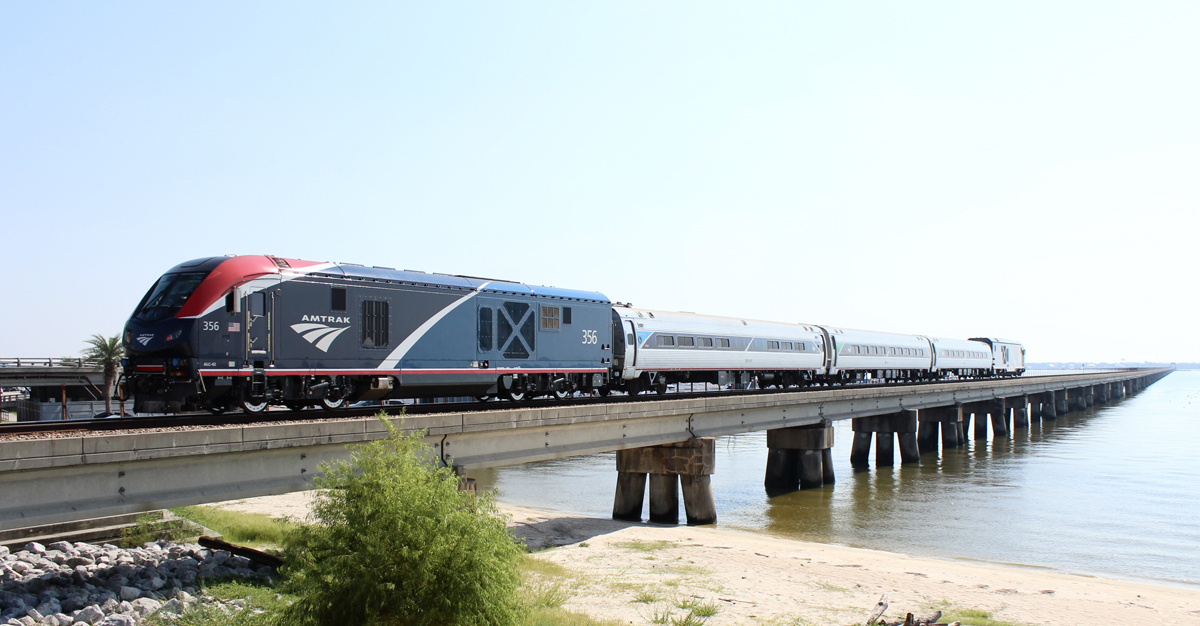
Second of two parts
NEW ORLEANS — Although the Mardi Gras Service’s twice-daily departures are off to a good start, as outlined in Part 1 of this report, it appears more outreach along the route and attention to operating detail will be necessary to get the best results moving forward.
Community engagement
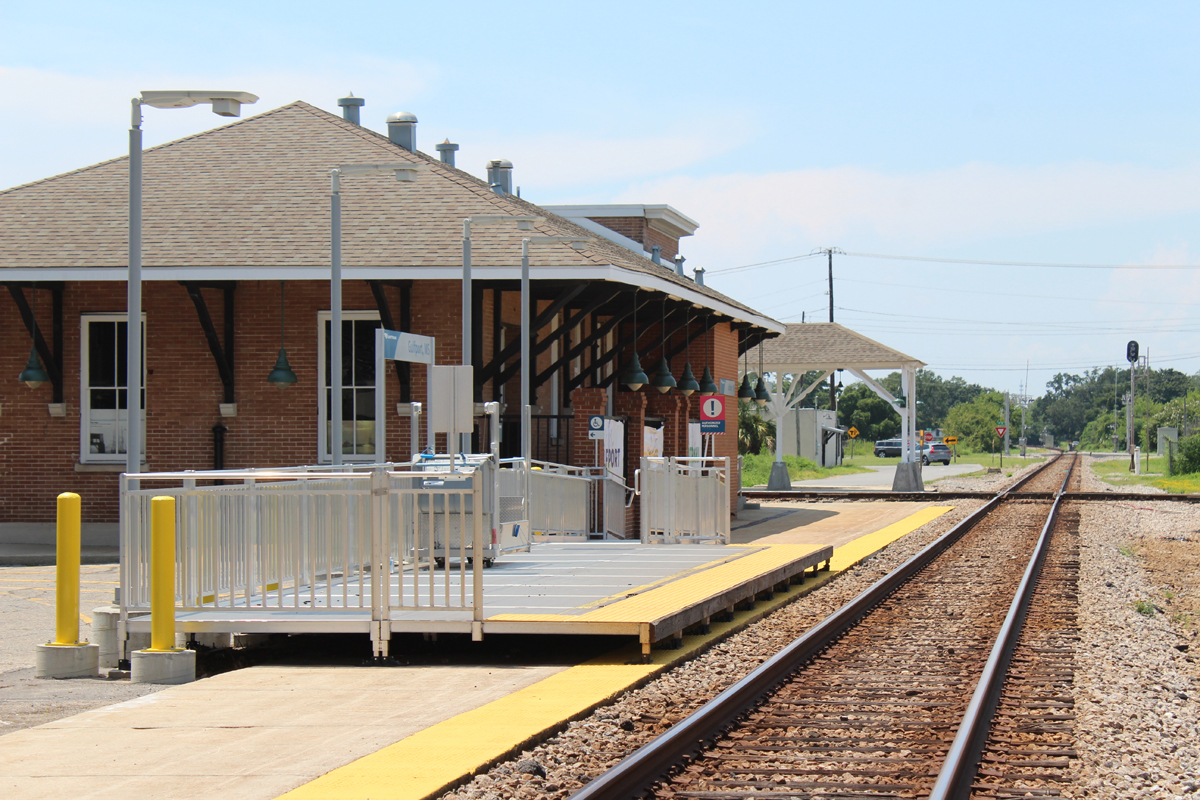
‘For day-to-day onsite promotion, there are no Amtrak agents except at New Orleans Union Passenger Terminal. Deploying personnel in the digital age is an expensive proposition, but that doesn’t mean the need to get the word out doesn’t exist — especially in a region that has no recent experience with rail passenger service as part of the transportation mix.
Station buildings at Bay Saint Louis, Gulfport, and Pascagoula, Miss., have all been repurposed. The visitors center that occupies the beautifully restored structure at Bay Saint Louis is only open Monday through Saturday, 10 a.m. to 4 p.m., when there are no trains, and Gulfport’s is a history museum. At Pascagoula, the former Louisville & Nashville frame building is being converted into a brew pub by locally owned Chandeleur Brewing Co., a prominent corporate booster of the service, so that may change.
Mardi Gras passengers at Biloxi board from a platform with a recently refurbished canopy dating from the Sunset Limited’s 1993 inception. The stop is to be relocated several hundred feet east across the road from a Coast Transit Authority bus hub. And Mobile, for now, also only has the platform in a parking lot where a building once stood before it was destroyed by Hurricane Katrina.
When Trains.com visited Gulfport on the first day of revenue service, the museum was closed. A car drove up; its occupants had seen news reports about the service on television. They asked when the trains left and how to buy a ticket. The only information at this and other stops — not physically adjacent to the small boarding platform but at driveway entrances — was a sign displaying Amtrak’s 800-USA-RAIL phone number for more information. That’s not good enough.
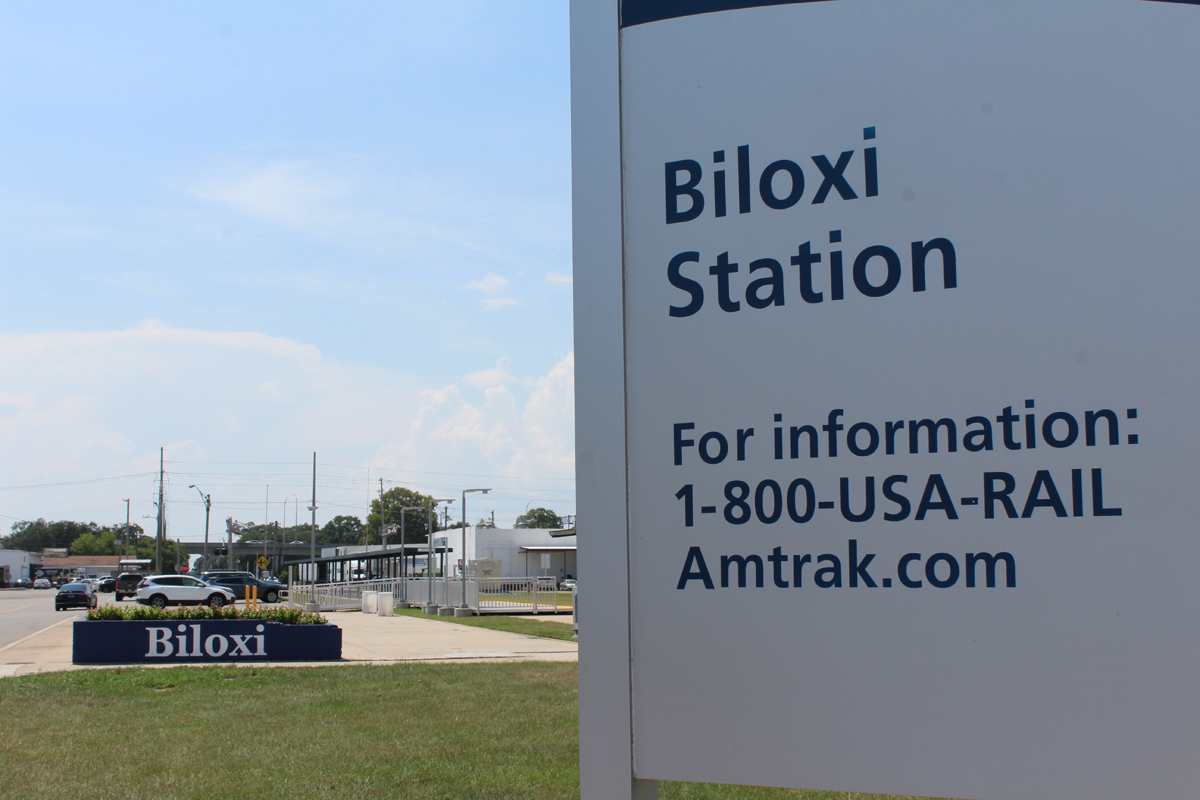
If the Mardi Gras trains are to reach their potential to become a significant regional intercity transportation player, Southern Rail Commission members, Amtrak, and community advocates will have to figure out a way to actively and constantly inform and solicit local patronage. This is what participants in the Texas Eagle Marketing and Performance Organization successfully implemented when survival of that Chicago-San Antonio, Texas, train was threatened by 1997 budget cuts. The information landscape is far different today, of course, but creating separate locally based, grass-roots communication, perhaps with cooperation from local businesses, could help the corridor gain sustained acceptance that asking people to call a national toll-free number can’t possibly provide.
Paying attention
In addition to its point position sustaining New Orleans-Mobile, the Southern Rail Commission is sponsoring Corridor ID studies to expand the Crescent from Meridian, Miss., to Dallas-Fort Worth, across the increasingly vibrant Interstate 20 corridor, and helping Louisiana with New Orleans-Baton Rouge expansion plans. Both ventures already have initial CPKC support. Executing the grant process with the Federal Railroad Administration, communities seeking stations, and consultants requires oversight and responsiveness.
At the same time, the existing service needs to be actively managed by staff with a direct stake in risk-reward tradeoffs of capacity, costs, pricing, and promotion. Evidence that this is off to a good start was the announcement that an additional coach will be added to the three-car consist to mitigate sellouts on Sundays when the New Orleans Saints play at Caesars Superdome, within walking distance of the station. With that last-minute addition, seats became available this weekend on previously sold-out trains out of Mobile in the morning and New Orleans in the afternoon.
But here’s the rub: of the six remaining home games after this weekend, only two have noon Central Time starts. The other four are set to begin at either 3:05 p.m. or 3:25 p.m. according to the Saints’ schedule, as part of national TV doubleheaders, and thus would finish after train no. 26 departs for Mobile at 5:31 p.m. Pricing on those dates already reflects traveler disinterest for the afternoon train.
Out of Boston, the Northern New England Passenger Rail Authority addressed that issue by arranging to have its late-night departure to Maine delayed on nights there are games or concerts at Fenway Park or the TD Garden adjacent to North Station. Making that happen required an exception to the agreed upon schedule on those nights with track hosts MBTA and Pan Am Railways [now CSX].
Here, threading through New Orleans Public Belt, NS, and CSX trackage — as well as changing assignment times for Amtrak crews, would require negotiation and flexibility by all concerned. Similar schedule alteration opportunities might boost ridership and revenue for all the Mardi Gras activities both endpoint cities have to offer leading up to and including Fat Tuesday on Feb. 17, 2026.
It’s clear an independent entity has to weigh — and take responsibility for — the cost-reward tradeoffs required by the extra effort. At this point, the jury is still out, but sustaining Mardi Gras trains over the long haul will depend on how all the parties make the best of the hand they have been dealt.






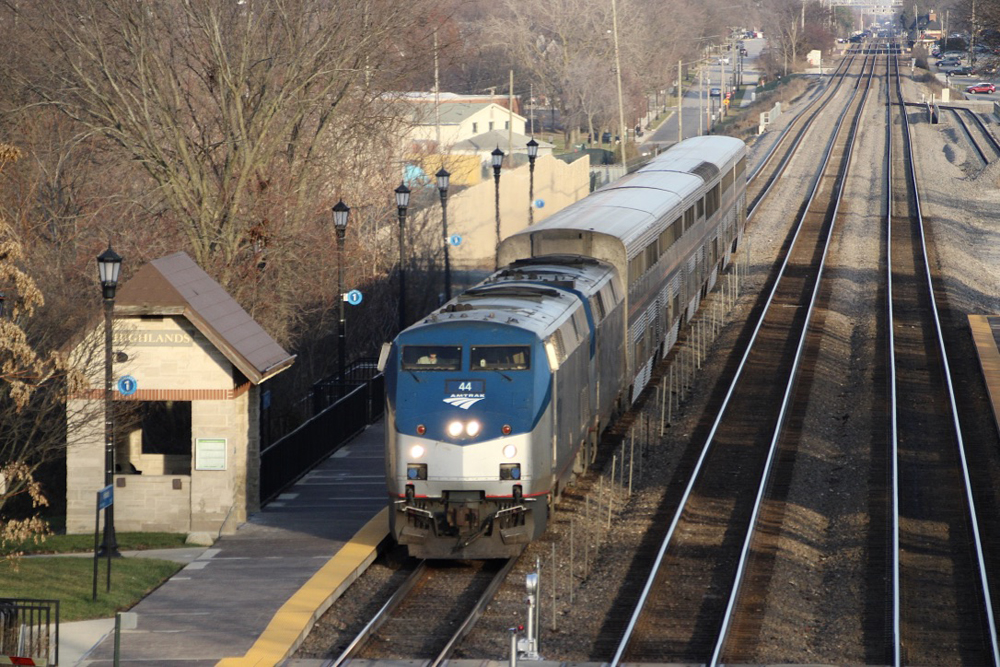
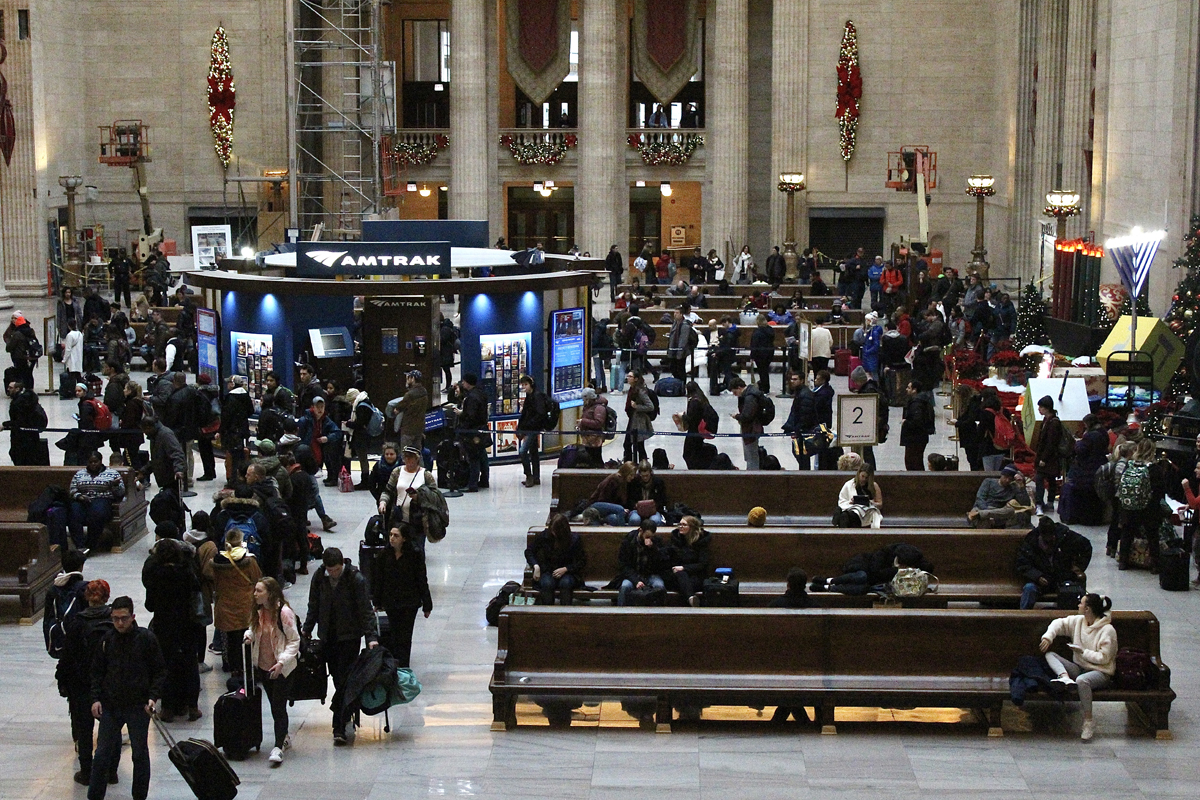
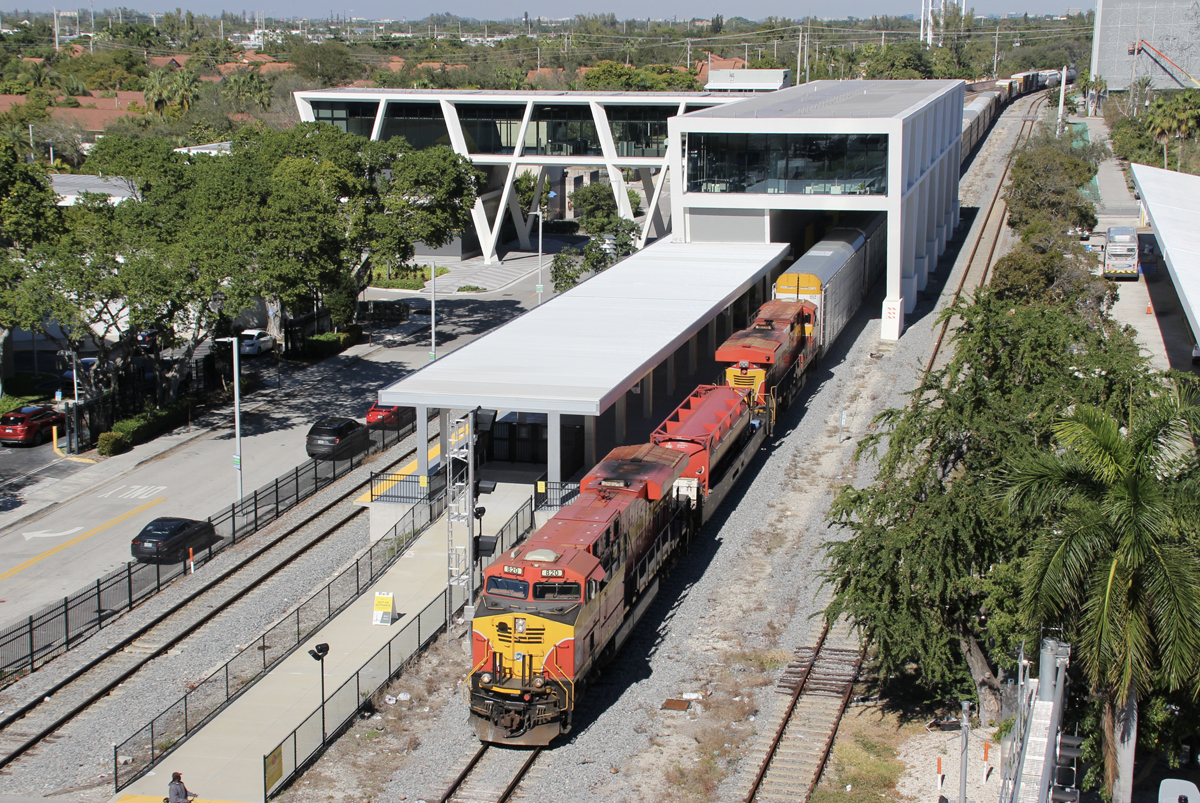
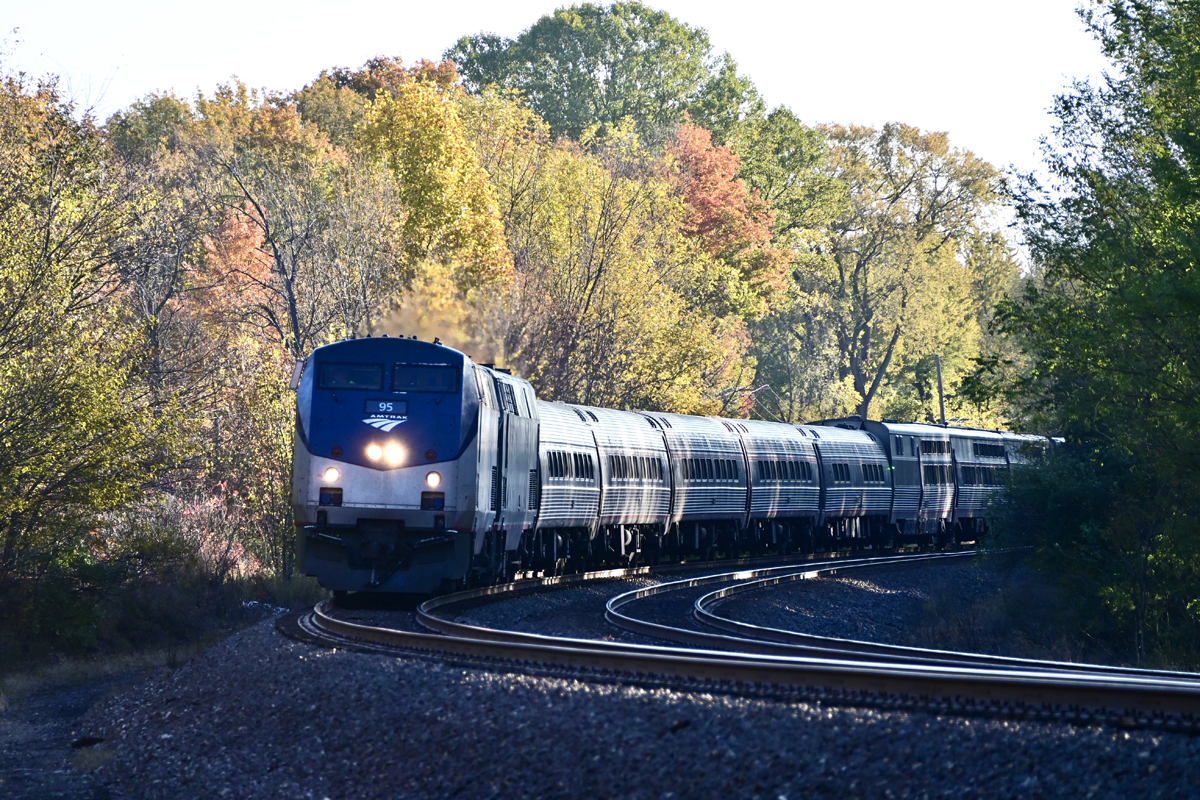
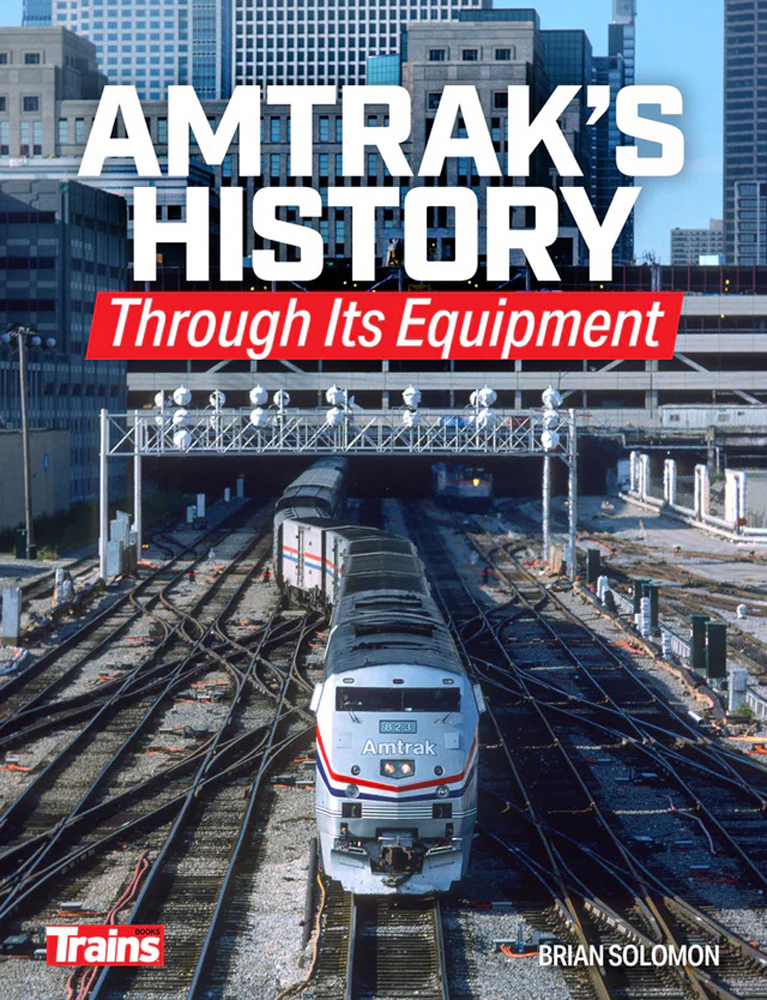
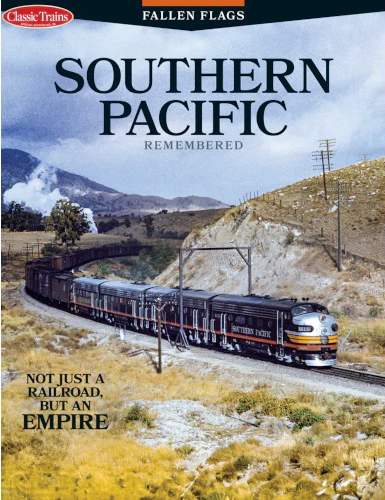

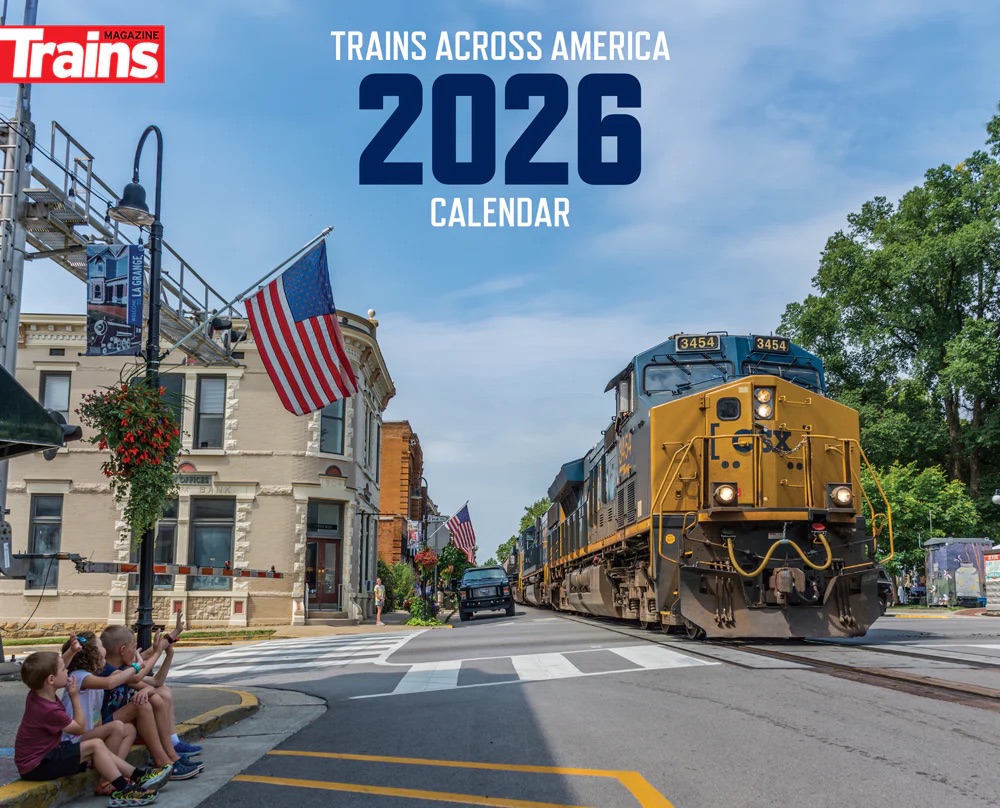
The ‘Mardi Gras’ can be extended to the opposite end of Alabama to Huntsville, the state’s largest city (est. pop. in 2025: 249,102). More revenue can be generated with additional stops in Montgomery, Birmingham, and Decatur. The train would retrace half of the former route of the Cincinnati – New Orleans ‘Pan-American’.
This service ties up two locomotives for a 3 car train. This train has twice the locomotive cost to make up in fares. Turn the train, save the expense of an unneeded locomotive on each trip. OR, build double cab locomotives.
An obvious need here is a timetable display board with the route’s schedule mounted at every station and, ideally, supplying copies to volunteers at each station to distribute. We’ve done this here in Vermont for both of our Amtrak routes and it has helped.
OR — Build revenue cab cars.
You expect Amtrak is going to promote this service? They have to expend effort and money on track suits rather than their trains don’t you know. Priorities Mr. Johnston. priorities.